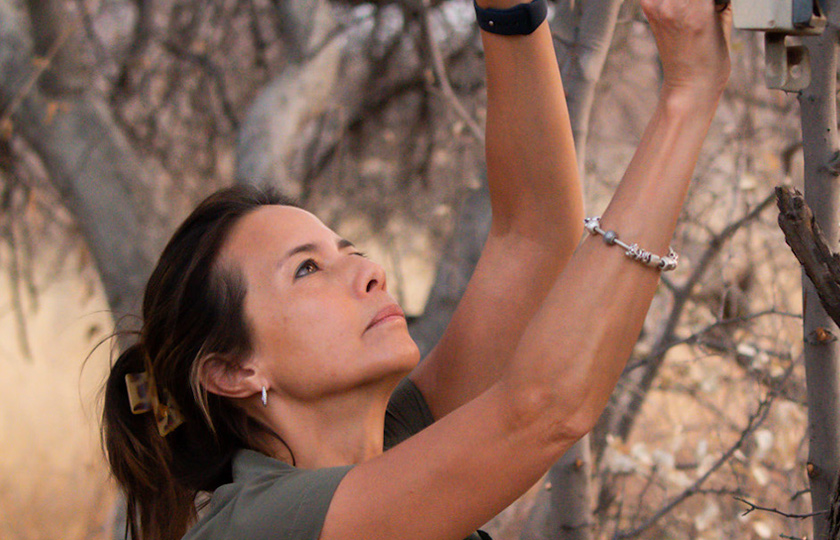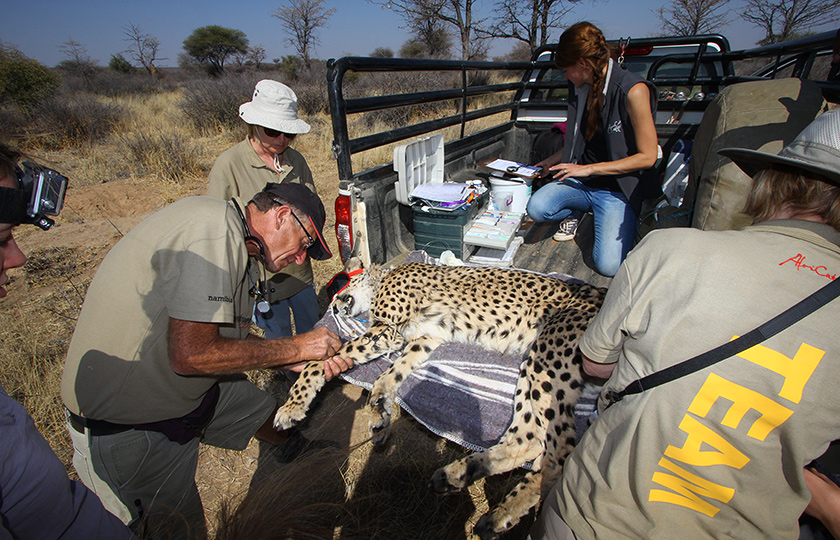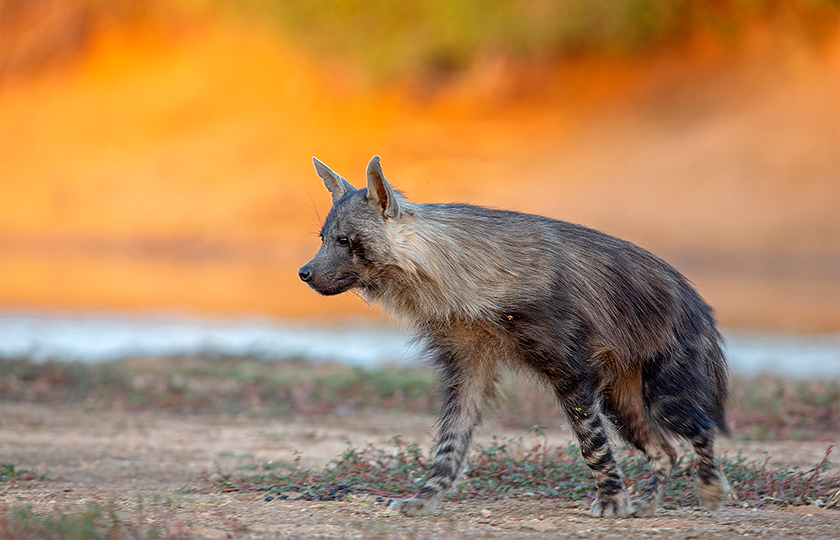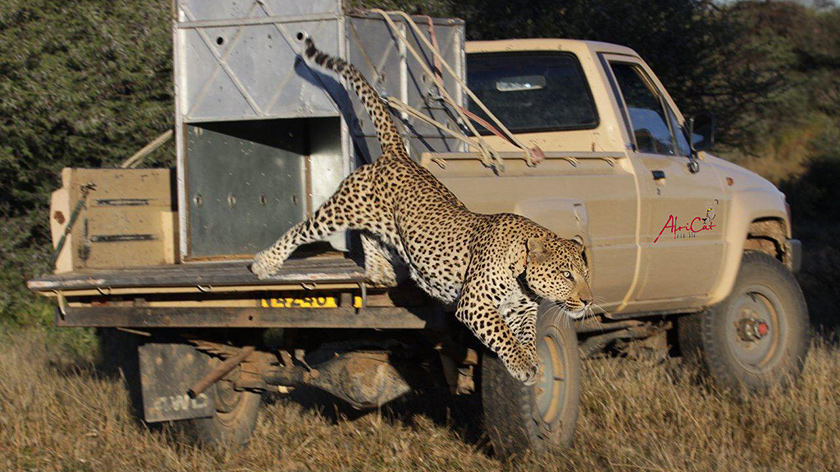Karen Codling has recently taken over directorship of the AfriCat Foundation. Coming from a UN background, many years of involvement with the AfriCat Foundation and a love of wildlife, her dream is to share lessons learnt from the creation and management of the Okonjima Nature Reserve within Namibia and beyond for the advancement of environmental conservation.

Karen Codling
The AfriCat Foundation was established to contribute to the conservation of Namibia’s wildlife, in particular carnivores and endangered species. Based in the 220km2 Okonjima Nature Reserve, the AfriCat Foundation conducts research into the altered ecology of wildlife in an enclosed protected area in order to support the creation and management of protected areas as a strategy for conservation. An estimated 42% of Namibia’s landmass is under some form of conservation management, including private reserves, such as the Okonjima Nature Reserve, and Namibia’s biodiversity strategy recognizes the contribution of conservation to both biodiversity and economic development. The partnership between the Okonjima Lodges, the Okonjima Nature Reserve and the AfriCat Foundation is a demonstration of the symbiosis between conservation and tourism.

AfriCat Research – Photo AfriCat
Research by the AfriCat Foundation has confirmed that the Okonjima Nature Reserve is an ideal ecosystem for leopard and brown hyena; the Reserve is thus one of the best places in the country to see these normally shy and elusive nocturnal animals. AfriCat research has also demonstrated however that the ecology of species within an enclosed protected reserve is altered – densities are higher, home ranges smaller, and there are behaviour changes to adapt to reduced opportunities for migration. AfriCat research therefore focuses on understanding how the ecology of key species in the Reserve has changed, including the interactions between species and their environment. This information contributes to the management of enclosed protected areas and to national policy development on the creation and maintenance of such areas, as part of the national conservation strategy.
AfriCat has one of the longest running leopard monitoring projects in Namibia and the AfriCat Pangolin Research Project is one of only a handful of projects studying free-roaming pangolin. Phase two of a highly successful brown hyena study is under development and AfriCat is initiating research on lesser-known Namibian wildlife such as the aardvark and aardwolf. When adequate funding can be raised, AfriCat will test strategies for reversal of land degradation, starting with an evaluation of the impact of different methodologies of bush thinning on soil quality, vegetation and biodiversity. In order to facilitate the research in the Reserve, AfriCat is also initiating the installation of Smart Parks, a sensor-based monitoring system for reserve management and environmental and wildlife conservation.

Brown hyena at Okonjima Nature Reserve – Photo Naun Amable
In addition to undertaking its own research, AfriCat hosts and facilitates external researchers with similar research interests, such as graduate students from Namibian universities. Finally, the AfriCat Carnivore Care Centre is home to a small number of carnivores that have been rescued from farmland and are not able to be rehabilitated back into the wild. These animals are ambassadors for their species, helping AfriCat raise awareness about human-wildlife conflict and the conservation needs of these threatened species.
“The more you know about a species, the more you understand about how better to help protect them.”
Alan Clark, English politician
The Okonjima Nature Reserve is home to the highest density of leopards in Namibia and a healthy population of the elusive brown hyena. The majority of the antelope of Namibia thrive in the undulating plains, mountainous outcrops and riverine thickets that make up the Reserve, including eland, kudu, oryx, wildebeest, zebra, hartebeest, sable, waterbuck, springbok and impala. The Reserve is also home to white rhino, giraffe, warthog and numerous smaller species such as black-backed jackal, steenbok, duiker and dik dik. Nocturnal species include bat-eared foxes, small-spotted genet, honey badgers, aardvark and the highly endangered African ground pangolin.
